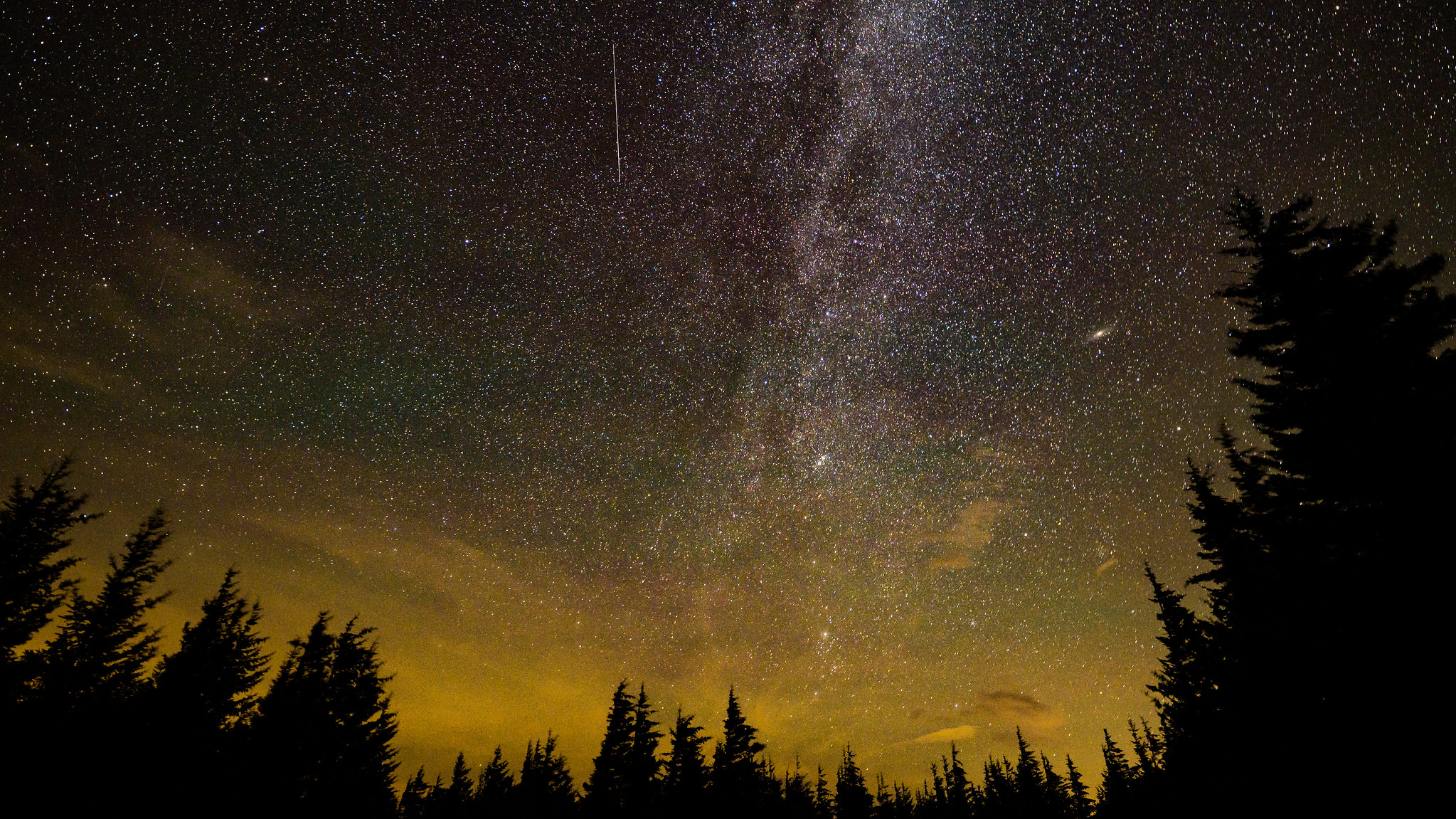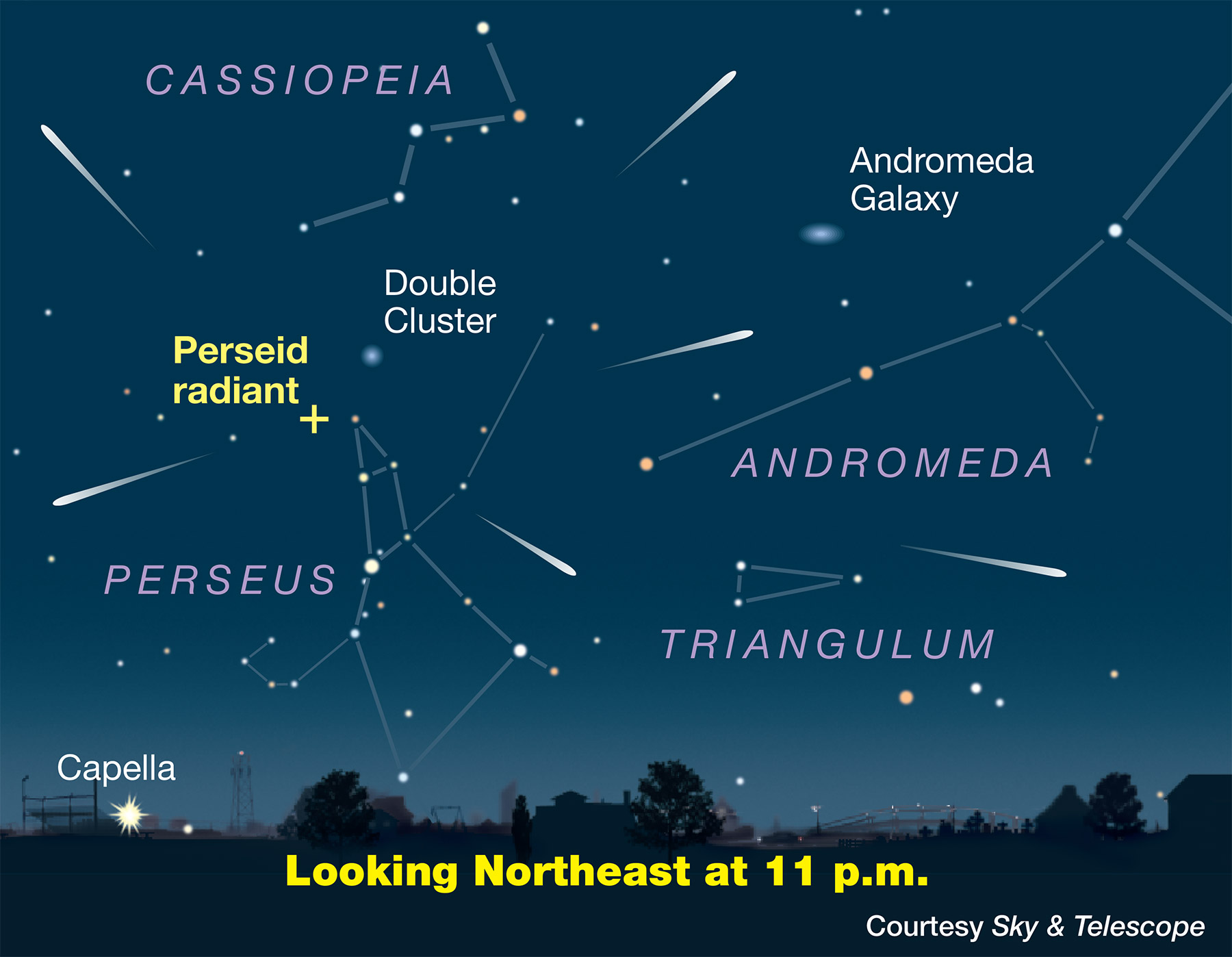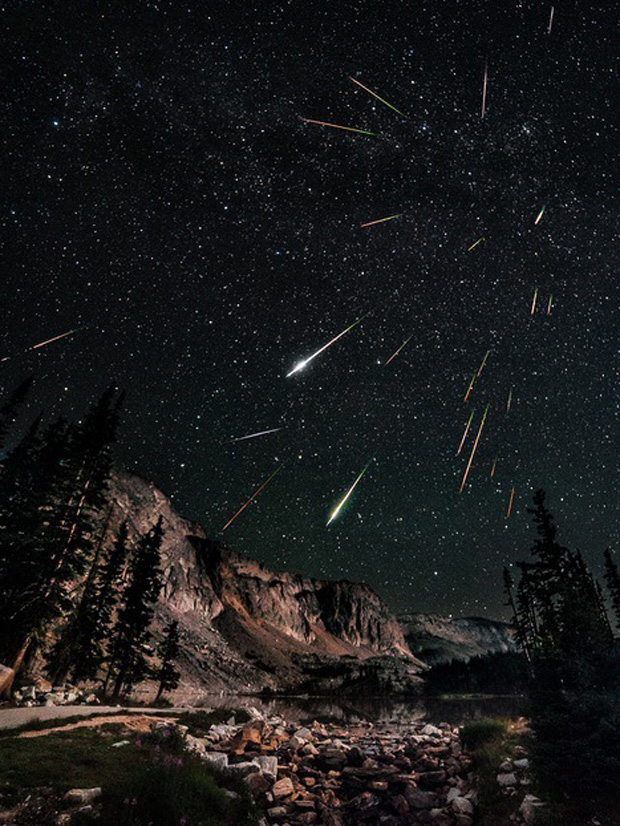Where to Watch the Perseid Meteor Shower 2018 in Warrenton Va
Perseid meteor shower 2021: When, where & how to see it
The bright Perseids are perhaps the most popular meteor shower of the year, and they've just begun! With clear skies, you could see what some consider the most spectacular cosmic light show.
Share your meteor photos!

If you take a cool photo of the 2021 Perseid meteor shower let us know! You can send images and comments to spacephotos@space.com.
Spectators can expect to see the greatest number of meteors during the shower's peak between Aug. 11-13 this year, according to Earthsky.org.
Every year, Earth passes through the path of Comet Swift-Tuttle from July 17 to Aug. 24, with the shower's peak — when Earth passes through the densest, dustiest area — occurring Aug. 11-13. That means you'll see the most meteors in the shortest amount of time near that time. Years without moonlight see higher rates of meteors per hour, and in outburst years (such as in 2016) the rate can be between 150-200 meteors an hour.
This year, you can expect to see up to 60 meteors per hour at the shower's peak, according to Earthsky.org.
Amazing Pics: Stunning Perseid meteor shower 2021 photos by stargazers
Webcasts:Perseid meteor shower 2021: How to watch it live

- Perseid Meteor Shower Quiz: Test Your Cosmic Fireworks Smarts
- Top 10 Perseid Meteor Shower Facts
- The Dazzling Perseid Meteor Shower of 2018 in Photos
- Perseids: Bright Meteor Shower in August
Last year, the bright moonlight didn't obscure the view of the meteor shower too badly, but the moon's glow is a continuing concern for skywatchers looking for a clear view. Even though the Perseids are especially bright, moonlight can make viewing a bit tricky.
You can see the Perseid meteor shower best in the Northern Hemisphere and down to the mid-southern latitudes, and all you need to catch the show is darkness, somewhere comfortable to sit and a bit of patience.
To best see the Perseids, go to the darkest possible location and lean back to observe as much sky as possible directly above you.
The best time to look for meteors is in the pre-dawn hours. While the meteors will peak between August 11-13, they typically start streaking through the sky on July 17 and will be visible from this start date through the peak and typically through 10 days or so after the peak, according to Earthsky.org.
While the peak viewing days are typically your best shot to see the sky speckled with bright meteors, even outside of the Perseids peak timeframe, you should be able to spot a few meteors between midnight and dawn any morning the week before or after this date, according to NASA. To see the meteors, look up and to the north. Those in southern latitudes can look toward the northeast to see more meteors.
Skywatchers looking out for the Perseids might also see some stray meteors from the Delta Aquariid meteor shower
Gallery: More Amazing Perseid Meteor Shower 2019 Photos
What causes the Perseids?

This beloved, annual sky spectacle is caused by the comet Swift-Tuttle. Comet Swift-Tuttle is the largest object known to repeatedly pass by Earth; its nucleus is about 16 miles (26 kilometers) wide. It last passed nearby Earth during its orbit around the sun in 1992, and the next time will be in 2126.
But it won't be forgotten in the meantime, because Earth passes through the dust and debris it leaves behind every yea.
Related: Comet Swift-Tuttle: The Icy Parent of the Perseids

When you sit back to watch a meteor shower, you're actually seeing the pieces of comet debris heat up as they enter the atmosphere and burn up in a bright burst of light, streaking a vivid path across the sky as they travel at 37 miles (59 kilometers) per second.
When they're in space, these pieces of debris are called "meteoroids," but when they reach Earth's atmosphere, they're designated as "meteors." If a piece makes it all the way down to Earth without burning up, it graduates to "meteorite." Most of the meteors in the Perseids are much too small for that; they're about the size of a grain of sand.
What do you need to see them?
![Learn why famous meteor showers like the Perseids and Leonids occur every year [See the Full Infographic Here].](https://cdn.mos.cms.futurecdn.net/VDWEKQFLr8yuXkTL4YkHqj.jpg)
The key to seeing a meteor shower is "to take in as much sky as possible," Cooke said. Go to a dark area, in the suburbs or countryside, and prepare to sit outside for a few hours. It takes about 30 minutes for your eyes to adjust to the dark, and the longer you wait outside, the more you'll see. A rate of 60-70 meteors per hour, for instance, means around one meteor per minute, including faint streaks along with bright, fireball-generating ones.
Some skywatchers plan to camp out to see the Perseid meteor shower, but at the very least, viewers should bring something comfortable to sit on, some snacks and some bug spray. Then, just relax and look upward for the celestial show.
Follow us on Twitter @Spacedotcom and on Facebook .
Join our Space Forums to keep talking space on the latest missions, night sky and more! And if you have a news tip, correction or comment, let us know at: community@space.com.

Sarah Lewin started writing for Space.com in June of 2015 as a Staff Writer and became Associate Editor in 2019 . Her work has been featured by Scientific American, IEEE Spectrum, Quanta Magazine, Wired, The Scientist, Science Friday and WGBH's Inside NOVA. Sarah has an MA from NYU's Science, Health and Environmental Reporting Program and an AB in mathematics from Brown University. When not writing, reading or thinking about space, Sarah enjoys musical theatre and mathematical papercraft. She is currently Assistant News Editor at Scientific American. You can follow her on Twitter @SarahExplains.
Where to Watch the Perseid Meteor Shower 2018 in Warrenton Va
Source: https://www.space.com/32868-perseid-meteor-shower-guide.html